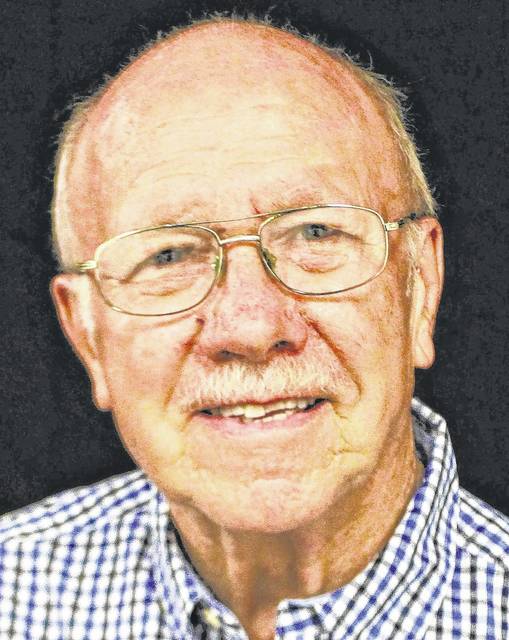
Suffering through the isolation and fear of contracting the coronavirus is not alien to all of us. If you are old enough — certainly in your 70s or above — you probably remember the polio pandemic that struck fear in us and, like COVID-19, was also accompanied by social isolation.
For those of us in this age group, we see many similarities with the polio epidemic, but also several dissimilarities.
As one source indicated, “In the late 1940s, polio outbreaks in the U.S. increased in frequency and size, disabling an average of more than 35,000 people each year. Parents were frightened to let their children go outside, especially in the summer when the virus seemed to peak. Travel and commerce between affected cities were sometimes restricted. Public health officials-imposed quarantines (used to separate and restrict the movement of well people who may have been exposed to a contagious disease to see if they become ill) on homes and towns where polio cases were diagnosed.”
As the above indicates one of the contrasts with the current virus is the seasonal nature, but that does not mean COVID-19 is unaffected by the weather. Cold or hot weather that draws us inside increases human interaction and subsequently increases exposure.
Still, polio is generally considered an illness most virulent in the summer months.
There were also age differences between those who contracted diseases. Polio was most common among children, and COVID-19 has attacked the elderly more than other age groups. Clearly, the comparison of the two age groups affected evoked differential responses — and I can personally remember my parents’ concern for their two children to avoid crowds!
Another distinction I have found is the differences marked by ethnicity. I have found nothing is the material on polio that mentions minorities being more prone to infection. (This says nothing about the poor who in all such cases are more vulnerable.) With reference to COVID-19, however, African Americans are significantly more susceptible as well as Hispanics.
Finally, in the above quotation, the reference is to the “disabling” of its victims and not to deaths. That does not mean, however, that deaths did not happen, just that disabling was most common and its onset could be rapid.
As one author put it, “Polio was a plague. One day you had a headache and an hour later you were paralyzed. How far the virus crept up your spine determined whether you could walk afterward or even breathe. Parents waited fearfully every summer to see if it would strike. One case turned up and then another. The count began to climb. The city closed the swimming-pools and we all stayed home, cooped indoors, shunning other children. Summer seemed like winter then.”
Polio (poliomyelitis) has a deep and interesting history. “The disease has caused paralysis and death for much of human history. Over millennia, polio survived quietly as an endemic pathogen until the 1900s when major epidemics began to occur in Europe. Soon after, widespread epidemics appeared in the United States.”
An early treatment that I can remember was the use of the iron lung which assisted the patients in breathing. The iron lung was a large pressurized cylinder wherein victims would lie and oxygen would be drawn into the person’s lungs by creating a vacuum.
Following this was a great deal of research and the two most effective vaccines which are still used throughout the world were discovered. First was the Salk Vaccine (developed by Jonas Salk in the 1950s) and eight years later Albert Sabin developed the oral polio vaccine. Rapidly, cases of the disease decreased in the U.S. and an outbreak among the Amish in 1979 seems to be the last such occurrence.
It is not, however, totally controlled as it is still a health threat in Afghanistan and Pakistan.
Aside from the images of the iron lung and the limits on social interaction, what I remember most during these years is the collection of dimes via the March of Dimes. This nonprofit organization emerged to help finance research to end the scourge of polio and more broadly the prevention of birth defects and infant mortality.
I was simply amazed as a child at the sight of dimes being collected and displayed on the busiest sidewalk in city centers. They were simply laid on the sidewalks in rows that stretched across the walkways and went on for what seemed like block after block.
This idea of a grassroots effort to raise money for a public health threat was founded in 1938 by President Franklin D. Roosevelt as the National Foundation for Infantile Paralysis and was a rapid success.
After contracting this disease, he, like so many other victims, was never able to walk again without assistance. (Our family very recently lost a friend here in Wilmington who for some 70 years had lived a life much like our president.)
In so many ways, the polio epidemic and its demise are seen as a triumph of civil vigilance and the appropriate application of science.
Let’s hope we will be able to view our current epidemic in similar terms sometime this coming year.
Neil Snarr is Professor Emeritus at Wilmington College.


